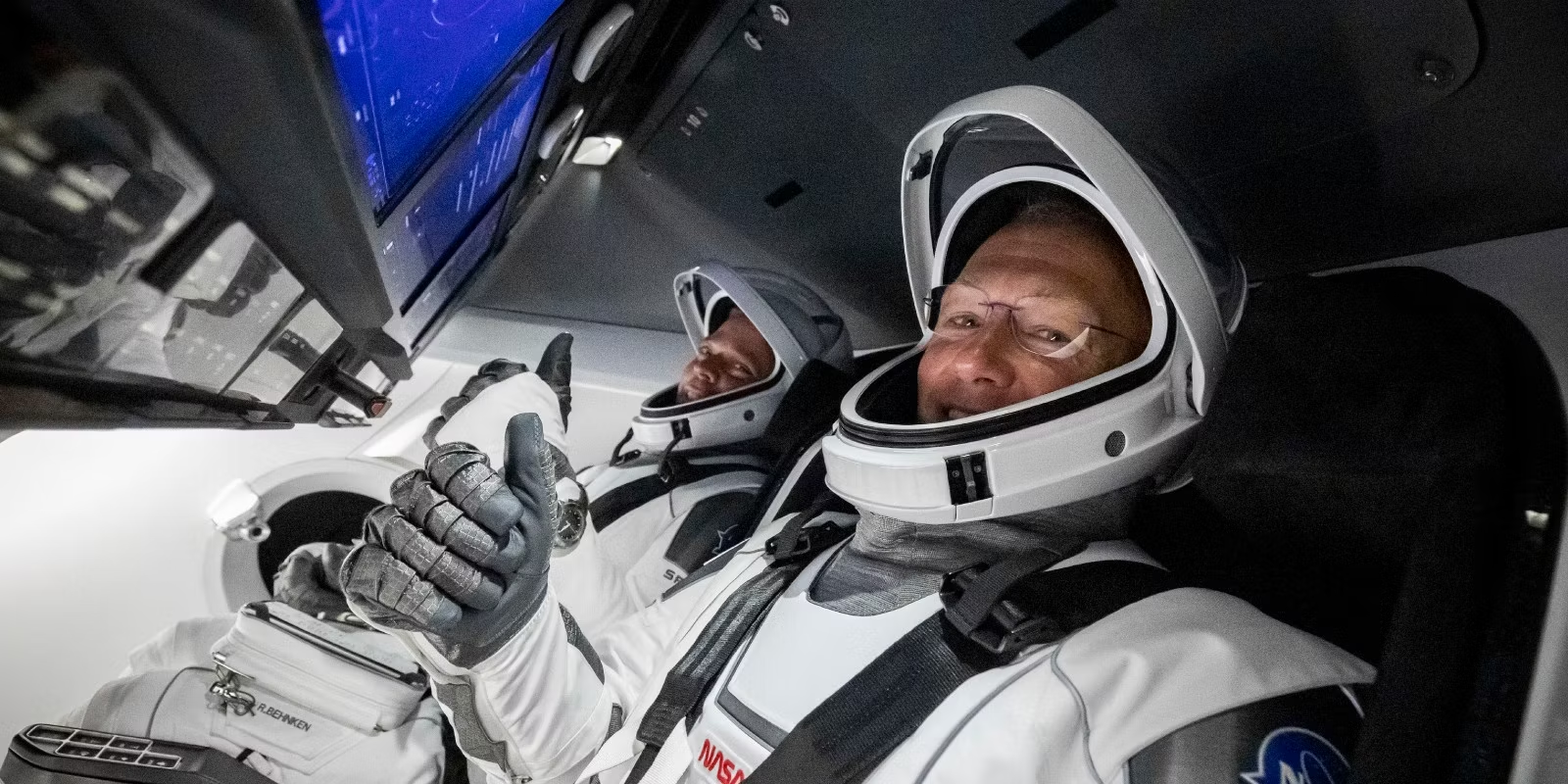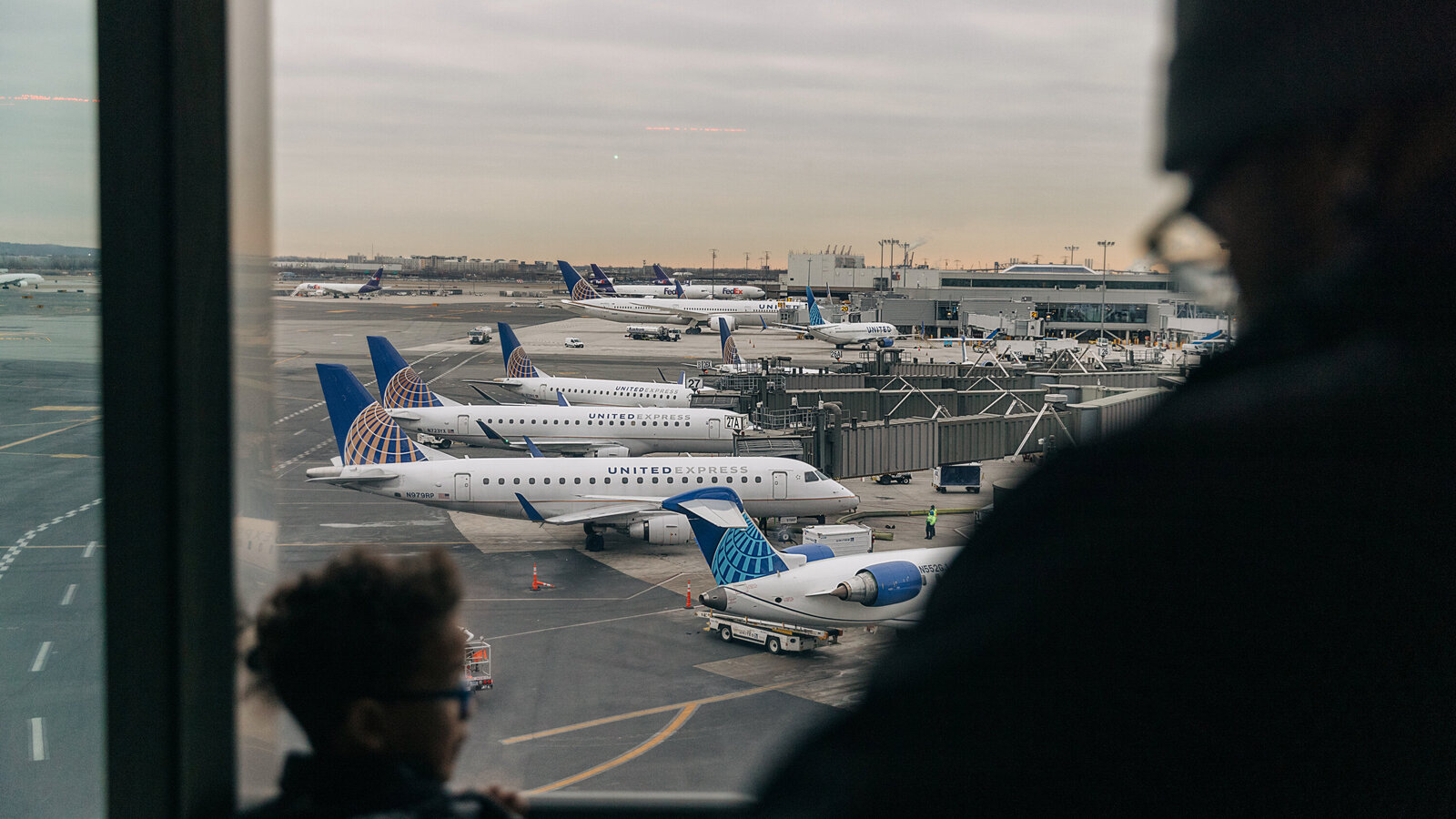
Welcome to the exciting world of space tourism! As technology rapidly advances, we find ourselves on the cusp of a new era where private citizens can venture beyond the Earth’s atmosphere and explore the wonders of space. However, with this privilege comes the need for strict safety regulations to ensure the well-being of the space tourists. In this article, we will delve into 20 fascinating facts about space tourism safety regulations that will both amaze and inform you. From the rigorous training protocols that astronauts undergo to the measures taken to mitigate the potential risks associated with space travel, we will explore how safety is at the forefront of this awe-inspiring industry. Get ready to embark on a captivating journey as we uncover the secrets behind the safety standards that enable the dream of space travel to become a reality. So, fasten your seatbelts (or should we say seat restraints?) and prepare for an out-of-this-world exploration!
Key Takeaways:
- Space tourism is super safe!
International agreements and strict regulations ensure space tourism companies prioritize passenger safety. From emergency plans to medical evaluations, everything is in place for a safe and unforgettable journey. - Space tourism is always improving!
With evolving regulations and continuous safety measures, the space tourism industry is committed to providing a secure and enjoyable experience. From pre-flight training to safety forums, they’ve got it all covered!
Space tourism is regulated by international agreements and treaties.
Space tourism safety regulations are governed by various international agreements, such as the Outer Space Treaty and the Liability Convention. These agreements ensure that space tourism activities are conducted safely and responsibly.
Each space tourism company must meet strict safety requirements.
Space tourism companies are required to meet stringent safety requirements set by regulatory bodies, such as the Federal Aviation Administration (FAA) in the United States. These regulations cover various aspects of space travel, including spacecraft design, crew training, and emergency procedures.
Emergency evacuation plans are a crucial aspect of space tourism safety.
Space tourism operators are required to have comprehensive emergency evacuation plans in place to ensure the safety of passengers in the event of an emergency during launch, ascent, or re-entry.
Astronauts undergo extensive training to ensure their safety during space tourism missions.
Space tourists, or “space travelers,” are required to undergo rigorous training to prepare them for the physical and psychological challenges of space travel. This training includes simulations, zero-gravity flights, and survival skills.
Spacecraft must undergo thorough testing and certification before carrying passengers.
Prior to carrying passengers, spacecraft intended for space tourism purposes must undergo extensive testing to ensure their safety and reliability. These tests include structural integrity tests, propulsion system evaluations, and environmental simulations.
Space tourism companies must have insurance coverage for potential accidents.
Space tourism operators are required to have insurance coverage to protect passengers and third parties in case of accidents or damages that may occur during space travel.
Space tourists must sign waivers acknowledging the risks involved.
Prior to embarking on a space tourism mission, passengers are required to sign comprehensive waivers acknowledging the potential risks and hazards associated with space travel.
Space tourists must undergo thorough medical evaluations.
Space tourism companies require potential passengers to undergo extensive medical evaluations to ensure they are physically fit to withstand the stresses of space travel. This includes assessments of cardiovascular health, respiratory function, and overall fitness levels.
Space tourism operators collaborate with government agencies to ensure safety.
Space tourism companies work closely with government agencies, such as NASA and the FAA, to ensure compliance with safety regulations and to share information on best practices.
Spacecraft must be equipped with safety features such as escape systems.
In order to enhance passenger safety, space tourism spacecraft are equipped with safety features like escape systems that can be activated in case of emergencies during launch or re-entry.
There are specific regulations for the disposal of space tourism debris.
Space tourism companies are required to follow specific guidelines for the disposal of any waste or debris generated during space travel to minimize the impact on the space environment.
Space tourists are provided with personal protective equipment.
Space tourism operators ensure that every passenger is equipped with personal protective equipment such as helmets, space suits, and emergency oxygen supplies to mitigate potential risks.
Regular inspections of space tourism facilities are conducted.
Regulatory bodies conduct regular inspections of space tourism facilities to ensure compliance with safety regulations. These inspections cover areas such as maintenance records, safety protocols, and crew training programs.
Space tourism companies have contingency plans for medical emergencies.
Space tourism operators have well-defined contingency plans in place to handle medical emergencies that might arise during space travel, including access to medical experts and specialized equipment.
Space tourism safety regulations are continuously evolving.
As the industry grows and technology advances, space tourism safety regulations are subject to regular updates and refinements to ensure the highest level of passenger safety.
Safety briefings are conducted before each space tourism mission.
Prior to launch, space tourists receive comprehensive safety briefings that cover emergency procedures, communication protocols, and the importance of following safety instructions during the entire journey.
The International Association for the Advancement of Space Safety promotes space tourism safety.
The International Association for the Advancement of Space Safety (IAASS) plays a crucial role in promoting space tourism safety through research, collaboration, and the development of safety standards.
Space tourism companies participate in safety forums and conferences.
Space tourism operators actively participate in safety forums and conferences, where they share knowledge, experiences, and best practices in order to enhance safety standards across the industry.
Space tourists are provided with pre-flight safety training.
Prior to their journey, space tourists undergo specialized pre-flight safety training, which includes simulations of emergency scenarios, safety equipment usage, and ingress and egress procedures.
Space tourism safety measures are designed to mitigate risks.
Space tourism safety regulations are implemented to mitigate potential risks and ensure that space tourists have a safe and enjoyable experience. These measures include comprehensive risk assessments and the implementation of safety protocols.
Conclusion
In conclusion, space tourism safety regulations are of utmost importance in ensuring the well-being of space travelers. As the idea of commercial space travel becomes a reality, it is crucial to establish measures that prioritize the safety and security of passengers. From rigorous training programs to robust spacecraft design and maintenance procedures, space tourism companies are working hand in hand with regulatory bodies to create a safe and enjoyable experience for future space tourists.While there are risks involved in any type of space travel, advancements in technology and strict safety protocols are continuously improving the overall safety record of space tourism. It is expected that as the industry grows, safety regulations will continue to evolve and adapt to address emerging challenges and ensure the highest standards of safety.As more individuals venture into space as tourists, it is imperative that the industry remains committed to prioritizing safety. With the right regulations in place, space tourism has the potential to revolutionize the way we explore the universe, offering unparalleled experiences to people from all walks of life.
FAQs
1. Are there any safety regulations in place for space tourism?
Yes, space tourism companies must adhere to strict safety regulations imposed by both governmental and international bodies. These regulations cover aspects such as spacecraft design, crew training, emergency procedures, and passenger safety.
2. How are space tourism companies ensuring passenger safety?
Space tourism companies prioritize passenger safety through comprehensive training programs for both crew members and passengers. They also conduct frequent inspections and tests to ensure spacecraft integrity and have emergency protocols in place to handle any unforeseen situations.
3. How do safety regulations differ for suborbital and orbital space tourism?
Suborbital space tourism involves shorter trips where passengers experience a brief period of weightlessness. Safety regulations for suborbital flights primarily focus on crew training, vehicle design, and emergency procedures. In contrast, orbital space tourism involves longer stays in space, requiring more stringent safety measures due to the extended duration and distance traveled.
4. Who is responsible for enforcing space tourism safety regulations?
Safety regulations for space tourism are enforced by governmental bodies such as the Federal Aviation Administration (FAA) in the United States and the European Space Agency (ESA) in Europe. These organizations work closely with space tourism companies to ensure compliance and promote the highest standards of safety.
5. What happens if a space tourism company fails to meet safety regulations?
If a space tourism company fails to meet safety regulations, it may face penalties, fines, or even lose its license to operate. The stringent enforcement of safety regulations is crucial in safeguarding the lives of both crew members and passengers and maintaining public trust in the industry.
Space tourism safety is just one aspect of the fascinating world of risk management and safety regulations. Delving into natural disasters and risk management can provide valuable insights into how we prepare for and respond to unexpected events. Space tourism insurance is another intriguing topic, highlighting the unique challenges and considerations involved in protecting space travelers. OSHA's safety standards play a crucial role in ensuring the well-being of workers across various industries, making them an interesting subject to explore further.
Was this page helpful?
Our commitment to delivering trustworthy and engaging content is at the heart of what we do. Each fact on our site is contributed by real users like you, bringing a wealth of diverse insights and information. To ensure the highest standards of accuracy and reliability, our dedicated editors meticulously review each submission. This process guarantees that the facts we share are not only fascinating but also credible. Trust in our commitment to quality and authenticity as you explore and learn with us.


